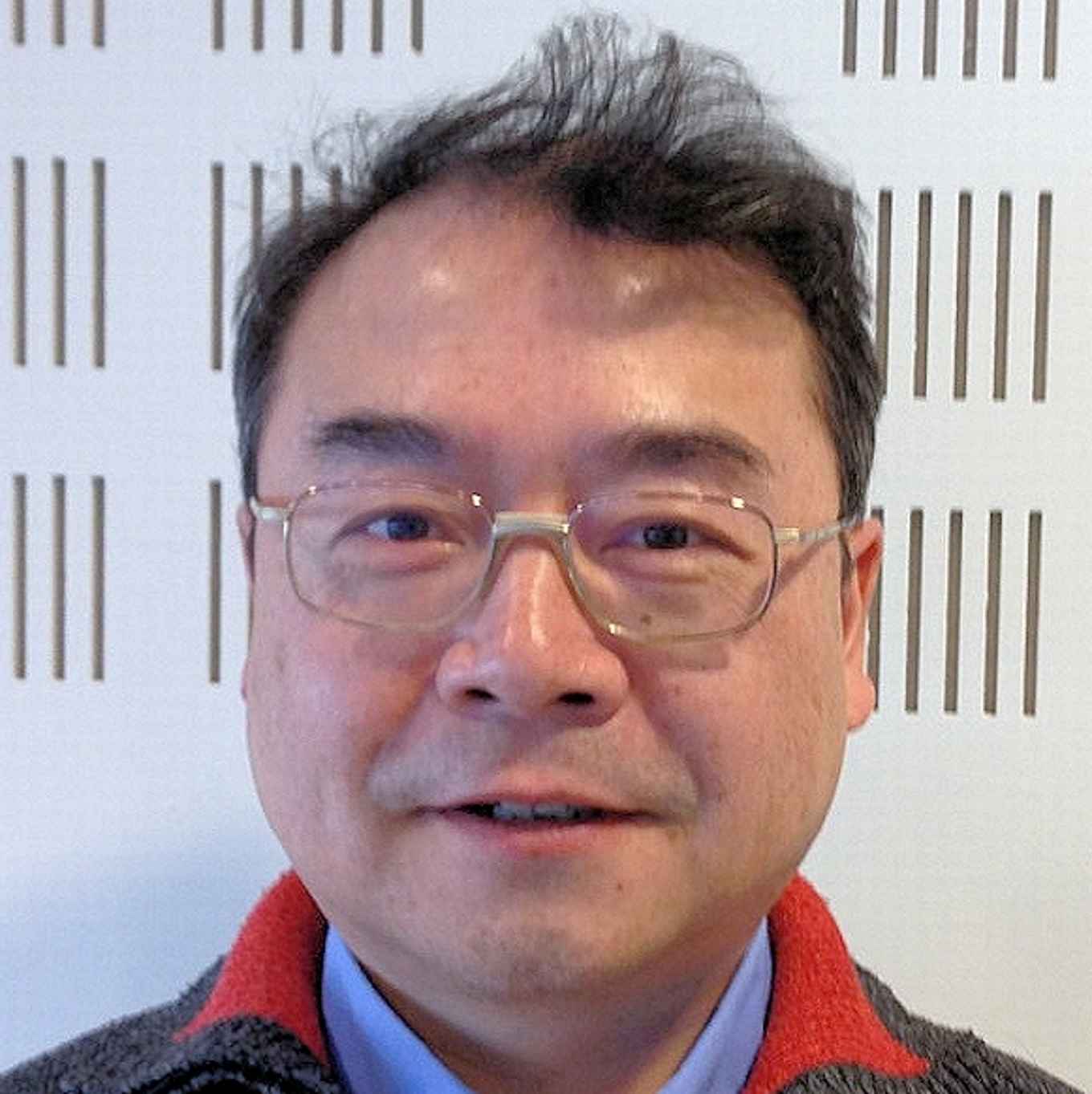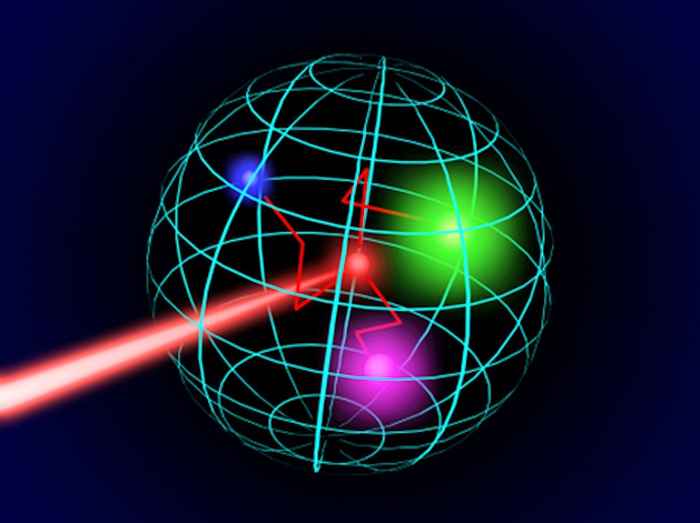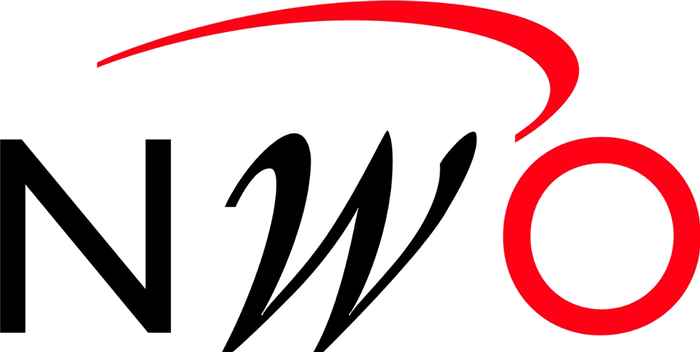HIMS researcher Hong Zhang receives 1 million euro NCI-TA grant
Targeted, molecular radiotherapy by integration of chemistry and nanotechnology
3 July 2015

In oncological therapy the use of radionuclides - radioactive atomic species - represents a promising approach. This form of nuclear medicine enables a very localised irradiation of tumour tissue which has already led to an increase in survival rates. The concept of molecular radiotherapy can be considered the next step as it delivers high radiation doses to a very specific target by coupling radionuclides to cancer cells through molecular interactions.
Upconversion nanoparticles
In molecular radiotherapy the radionuclides are usually attached to a “carrier” capable of molecular recognition of the tumour cells. Hong Zhang now proposes to use so-called upconversion nanoparticles (UCNs) as carriers. Furthermore, a so-called bioorthogonal chemical reaction will be employed for the recruitment of the UCN radiolabelled probes to the targeting tumorous moiety. The term bioorthogonal chemistry refers to any chemical reaction that can occur inside of living systems without interfering with the native biochemical processes.

UCNs display the unique property of emitting visible light following photoexcitation with near-infrared light, which can be provided by an economic, low power diode laser. From an optical perspective the use of UCNs results in features such as absence of autofluorescence (from biological matter) and easy separation of the emission bands from stray light and the absence of blinking effects.
New bioorthogonal chemistry
For recruiting the UCN radiolabelled probes to the tumour cells effective bioorthogonal reactions are already available, such as copper-free click chemistry. The new project now aims at developing additional methods of bioorthogonal chemistry that will allow multiple methods of labelling to be used in the same biosystem.
The use of organic chemistry in living beings is a highly sought-after approach. This project will enable, for the first time, the realization of a bioorthogonal chemical reaction for image-guided surgery and targeted radiotherapy.
The scope of the project includes experiments in living animals. Once the technique will be implemented clinically, it is expected that the highly specific targeting will reduce systemic side-effects such as hair loss or prolonged nausea which are often seen in current, more conventional treatments.
Funding and project consortium

The Fund New Chemical Innovations of the Netherlands Organisation for Scientific Research NWO provides financing for public-private partnership programmes in chemistry. In the so-called Technology Area (TA) the Fund NCI supports initiatives of consortia of at least two companies and at least two knowledge institutes, in which the research questions of the participating companies are addressed coherently.
The project consortium consists of UvA/HIMS, Leiden University Medical Center, the Dutch company Percuros and the German company TECObiosciences. Hong Zhang is the principal investigator. Over the last decade the development of (bio-) functional nanomaterials for diagnosis and therapy of cancers has been a focus in Hong Zhangs research, in addition to the energy migration dynamics in nanosystems. Zhang is also professor at the Changchun Institute of Optics, Fine Mechanics and Physics of the Chinese Academy of Sciences, where he chairs the research theme “dynamics of spatially confined systems and applications”.